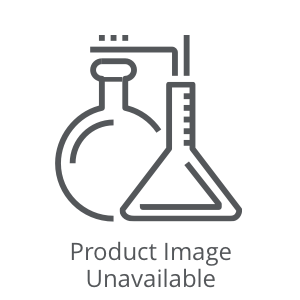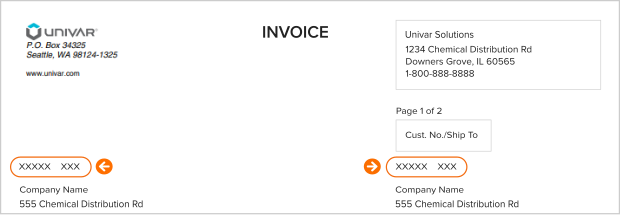We’re here to provide you with more information or help answer any questions you might have. Send us a note and we’ll get back to you as soon as possible.
Whether it's due to the rising concerns over safety, ecological damage, or simply a desire to eat less processed foods, more and more consumers are choosing organic these days. But what exactly does the term "organic" entail?
Traditionally Organic
As applied to food, the term organic loosely refers to living things produced in natural environments without the aid of manufactured synthetic products. USDA certified organic foods are grown and processed according to federal guidelines addressing, among many factors, soil quality, animal raising practices, pest and weed control, and use of additives. In the U.S., there are three categories of finished products set by the USDA. They are labeled as:
100% Organic
This means that all the ingredients contained in the product, excluding salt and water, must be certified organic. This includes any processing aids.
Organic
This category requires that agriculturally produced ingredients be certified organic except ones specified on the National List. Allowed non-organic ingredients on the National List can make up a total of five percent of the non-organic content, excluding salt and water.
Made with Organic
In this category, at least 70% of the product needs to be made with certified organic ingredients, excluding salt and water. Any non-certified agricultural ingredients contained in the product must still be produced without the excluded methods. Some of the excluded methods include genetic engineering, ionizing radiation, and sewage sludge. The non-agriculturally produced ingredients must be allowed on the U.S. Department of Agriculture (USDA) National List.
The Organic Compliant Compromise
Through the act of purchasing an organic product, a whole philosophy of living comes into play—not just nutritionally but also environmentally. The organic movement supports an entire economy of agriculture, ecological preservation, farmers and best of all, ensures a chemical-free diet. However, there are many functional ingredients that are an indispensable part of a food technologist's arsenal, as well as natural ingredients that cannot be agriculturally produced.
Regulators, mindful of both these scenarios, eliminated the divide by allowing organic and made with organic foods to contain a small percentage of functional ingredients. In organic regulations, these functional ingredients are referred to as organic compliant ingredients. Which raises the question: how are ingredients used in organic products defined?
- Organic: Organically produced agricultural products can be certified organic.
- Organic Compliant: Fermentation products such as citric acid and lactic acid that come from non-GMO crops and not made by excluded methods can only ever be organic compliant. These ingredients are allowed in product that are "organic" or "made with organic," but not in "100% Organic" finished products.
- Allowed Non-synthetic Ingredients: Likewise, ingredients such as baking soda and baking powder do not come from agricultural crops, therefore they cannot be "certified organic." However, they are organic compliant and on the list of Allowed Non-synthetic Ingredients and can be included in products that are “organic” or "made with organic" but not in "100% Organic" finished products.
Foodology by Univar Solutions has perfected the balance between the health-minded consumer and the food formulators looking to create the most efficient end product. With a global team of technical experts, we provide application development and support as well as product formulation and development. We can help you choose the right ingredient to cater to your organic consumers while maintaining the functional ingredients that are deemed a necessity.
Contact us today to learn more about organic vs. organic compliant food ingredients, and how we can help you bridge the gap between industry and consumer.





